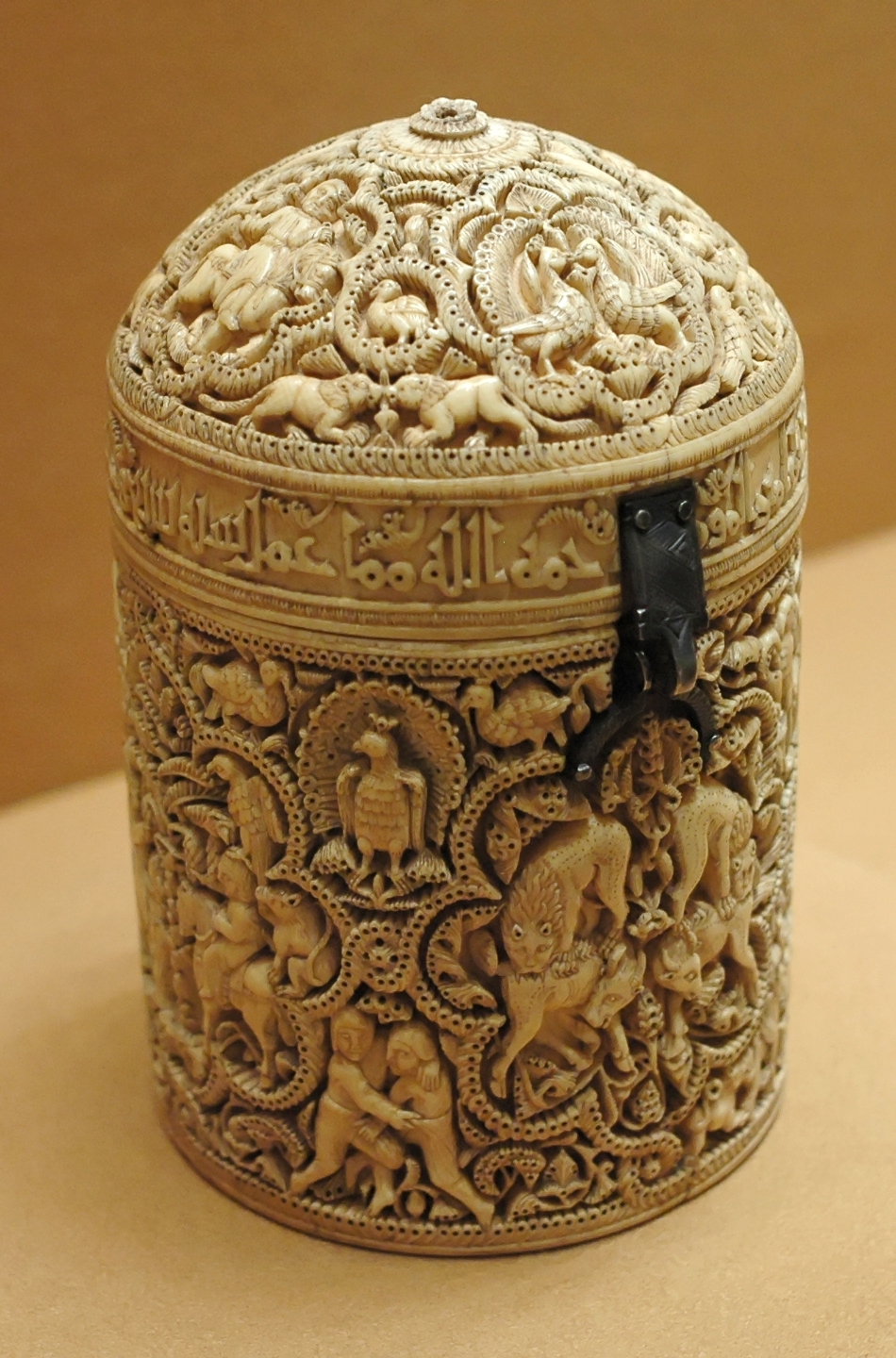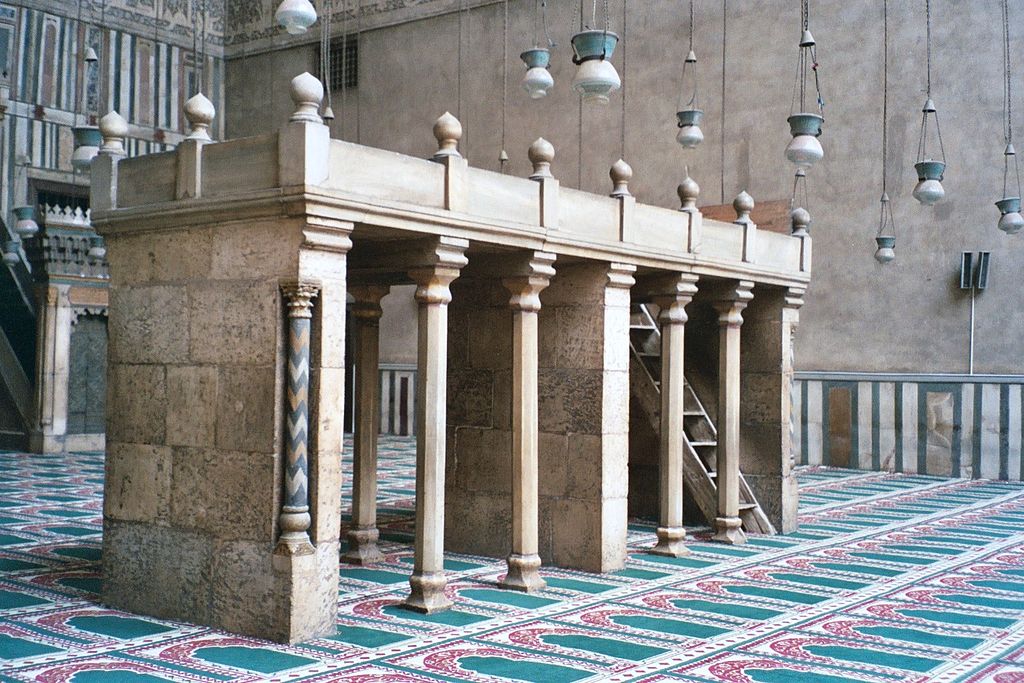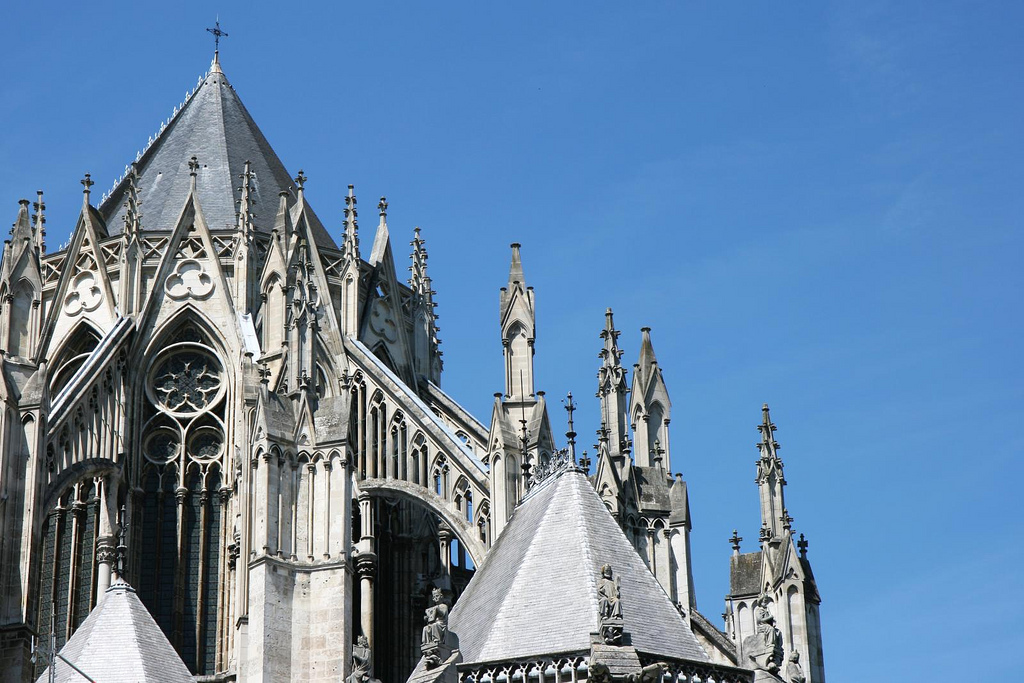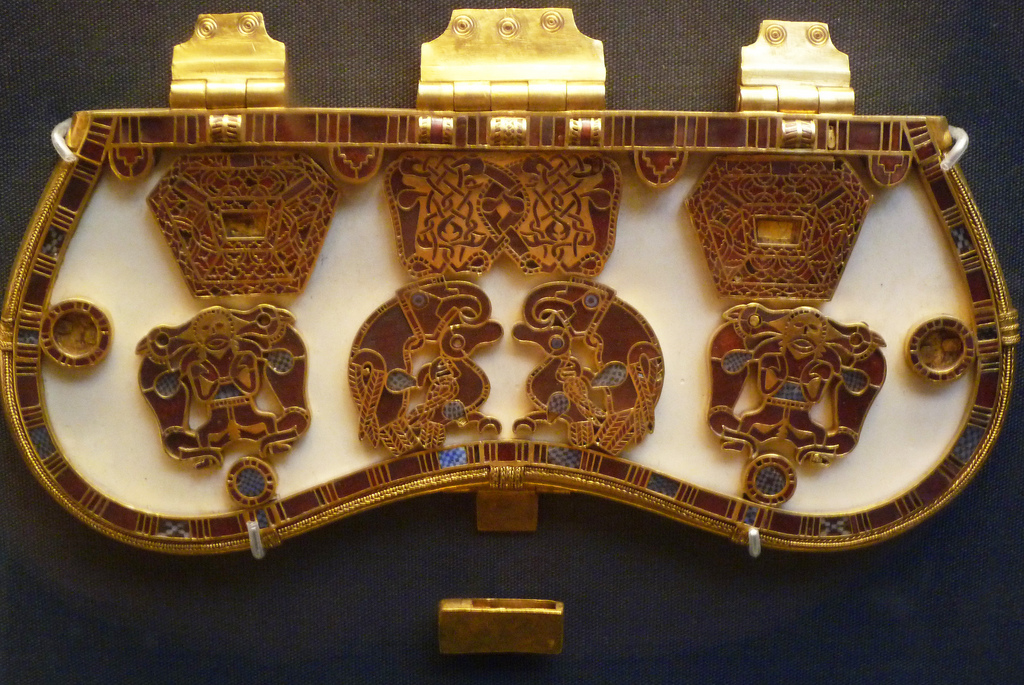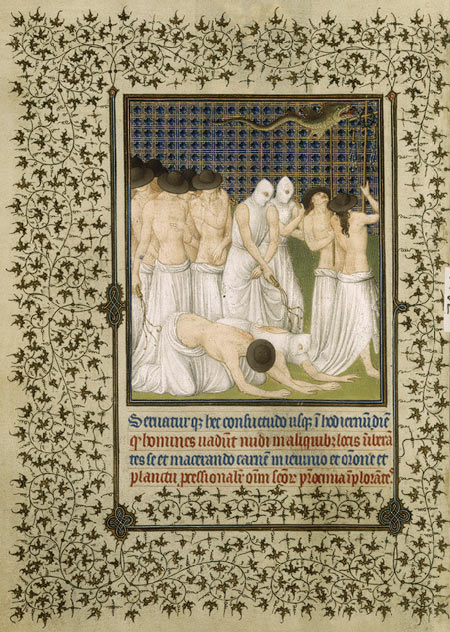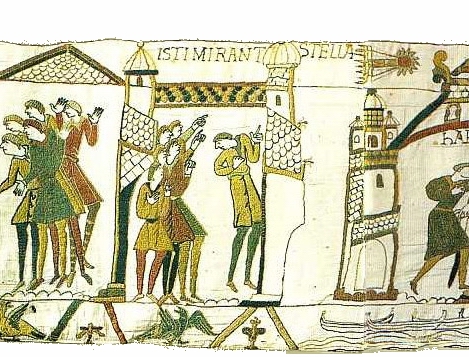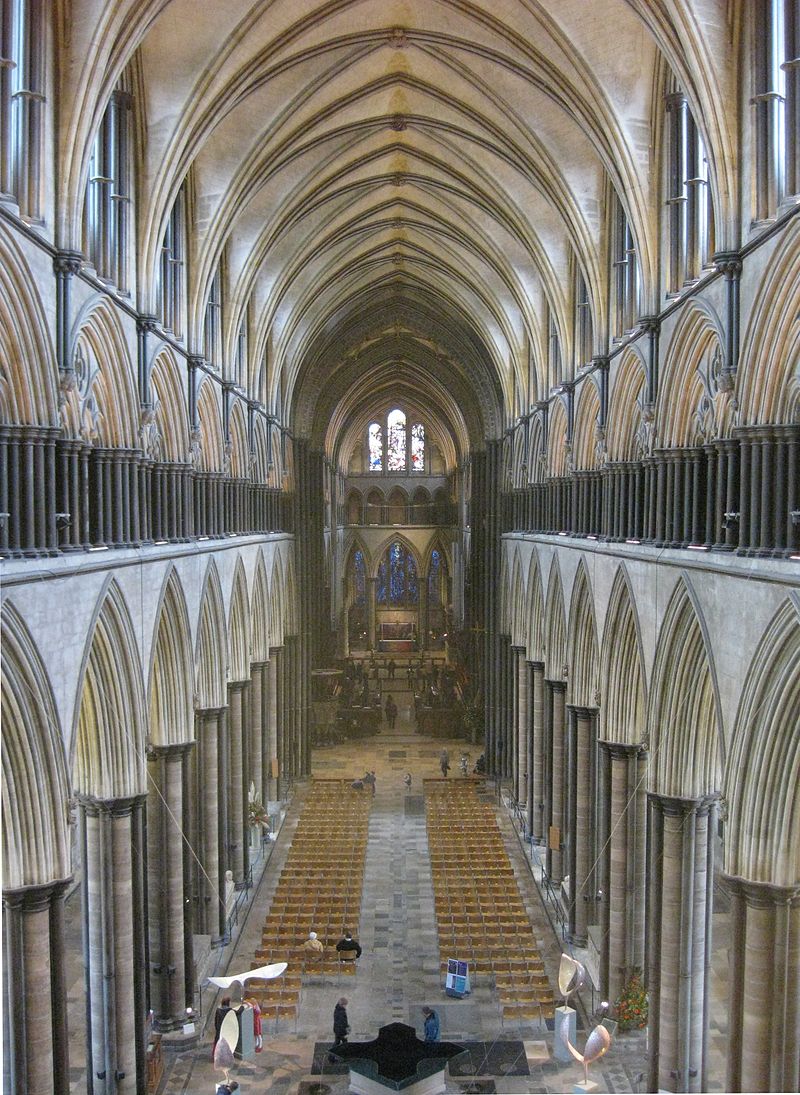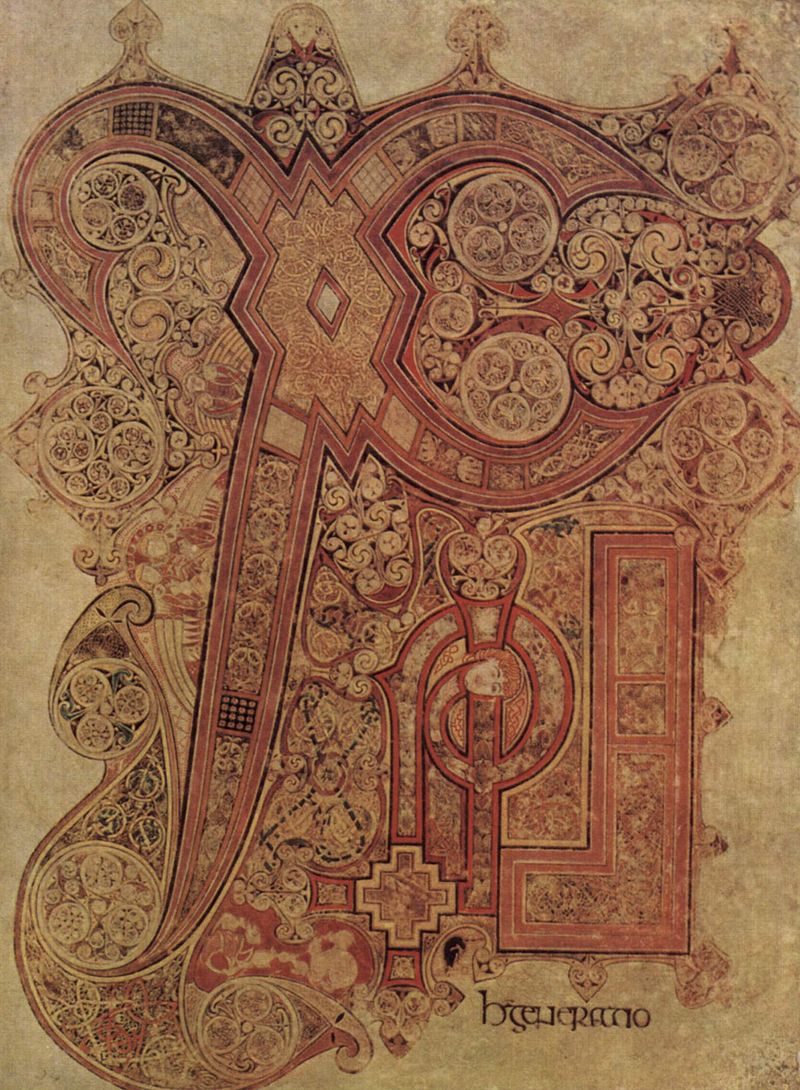The ninth-century French emperor, Charlemagne the Great, promoted learning and culture by supporting several monasteries throughout his empire that collected and produced manuscripts. These monks in their scriptoria became the cultural army for the emperor. One of the most unique … Continue reading
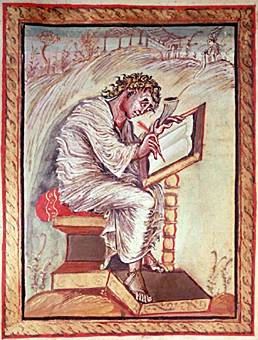 St. Matthew from the Gospel Book of Archbishop Ebbo of Reims, 816-835, ink and colors on vellum, 10¼” x 8¾”, Municipal Library, Épernay, France, Pulbic Domain via Wikimedia Commons.
St. Matthew from the Gospel Book of Archbishop Ebbo of Reims, 816-835, ink and colors on vellum, 10¼” x 8¾”, Municipal Library, Épernay, France, Pulbic Domain via Wikimedia Commons.

